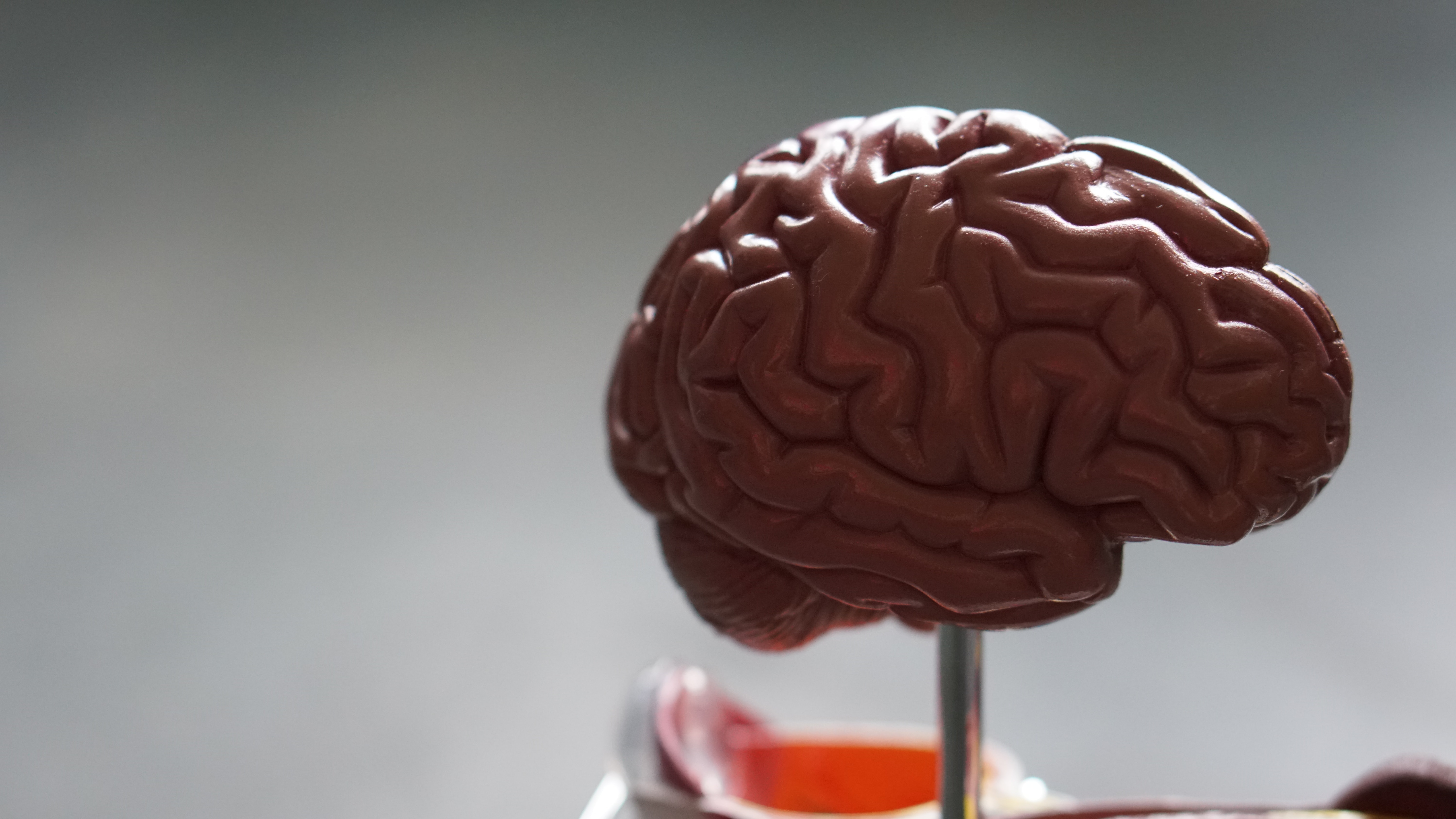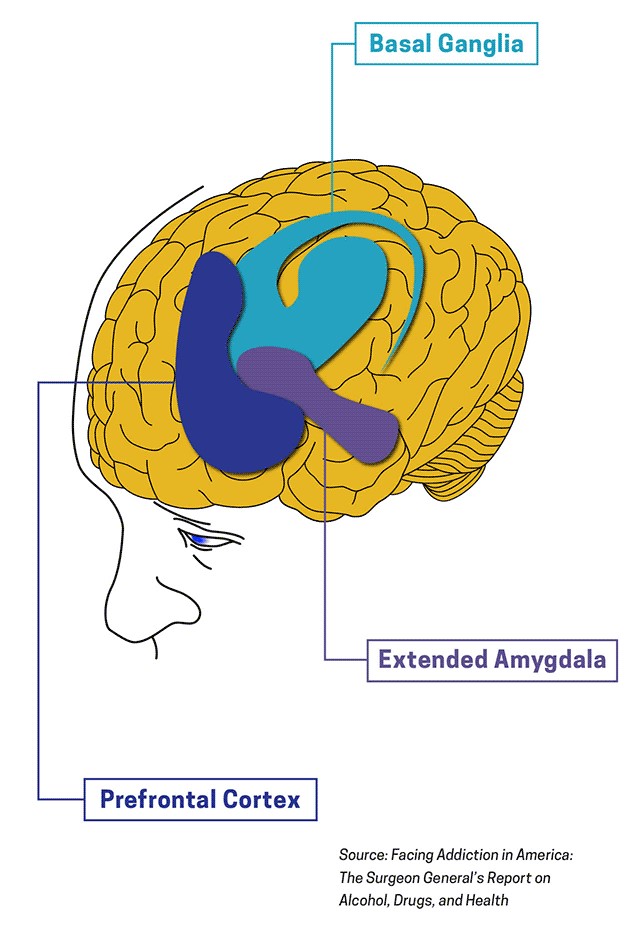Substance Use, Misuse, and Dependence: When is it too far?

Did you know that dependence can happen at any age? Often times it starts at a younger age. It is important to understand that there is no “type” of person that becomes dependent on substances. It can literally be anyone. There are risk and protective factors that can lead to a greater chance of becoming dependent, but there is no guarantee that just because one has more risk factors than protective means they will become dependent.
When a person begins to use at a young age it alters brain growth and functioning. The brain is developed from back to front, with the last part being our prefrontal cortex. This development of the prefrontal cortex occurs during the adolescent years and is fully accomplished around age 25. So, what is it, and why is it important? Our prefrontal cortex assists in decision making, goal setting, and judgement. When substances are added into the mix of brain development, it slows growth down. For some who continue use, the brain may never get the chance to fully develop. Later in life, the result can be inability to hold motivation, lack of accomplishments, and poor decision making. The National Institute on Drug Abuse provides information here that provides deeper insight into how substances effect the brain. Below is an image from their website to show the prefrontal cortex.
 How do we identify when its just experimental substance use or moving forward into a dependence? To start, let’s look at why people use in the first place.
How do we identify when its just experimental substance use or moving forward into a dependence? To start, let’s look at why people use in the first place.
- Experimentation: often times we are introduced to substances from other individuals. The fear of rejection from not trying it or the social pressure may lead exploration. This occurs more often in teens that adults, as adults tend to be able to resist pressure.
- To feel good: Substances release those “feel good” chemicals in our brains, usually in the form of an initial euphoric boost, then in a way that truly relaxes us or increases our confidence.
- To feel better: When we are under stress, pain or pressure, we often search for relief. Substances may provide that temporary sense of relief.
Some people are able to experiment with substances and not let the use go beyond their control. When one first begins using substances, there is a feeling of pleasure, relaxation, and all of our problems seem to float away, even if just for a temporary amount of time.
Over time with continued use, the urge to engage becomes stronger and we continue to choose to use, even if there are negative outcomes associated to our choice. This may be the path to dependence. So how would one know if it’s a problem? Below are some signs and symptoms to think about:
- Using the drug in larger amounts or using it for a longer period of time than you intended. Have you ever said “Ok, I am going to stop after this Saturday, but then Saturday rolls around and you keep going?
- Wanting to cut down or stop using, but you can’t manage to do so
- Spending a lot of your time getting, using, or recovering from your use
- Having cravings and urges to use
- Not meeting your needs at work, home, or school because of the use
- Continuing to use, even when it is causing problems in your relationships with others
- Giving up important activities (social, occupational, or recreational) because of the use. Example: You use to really enjoy playing football, but now you’d rather be using
- Using the substance even when it puts you in danger, such as driving a car under the influence
- Continuing to use even though it is causing you a physical or psychological problem, such as “I know my use makes my anxiety worse, but I am not stopping” or “I know my use is giving me stomach ulcers, but I keep doing it”
- Developing a tolerance, which means using more to get the high you want
- Experiencing withdrawal symptoms, which are often relieved when you use the substance. These include physical and psychological. For example, sweating or shaking when you haven’t had alcohol in a day or becoming increasingly paranoid when not using
If you have been reading this blog and thinking about you or someone you know, or if you/they can identify with two or three of the above symptoms, you/they may be experiencing a mild substance use disorder, if you identify four or five, that can be a moderate substance use disorder, and six or more can indicate a severe substance use disorder.
If you would like to learn more information or seek help, the SAMHSA National Helpline is a great resource. Their hotline number is 1-800-662-4357. They provide free, confidential treatment referral and information services for individuals and families.
Written by: Meaghan Warner, LCSW-S